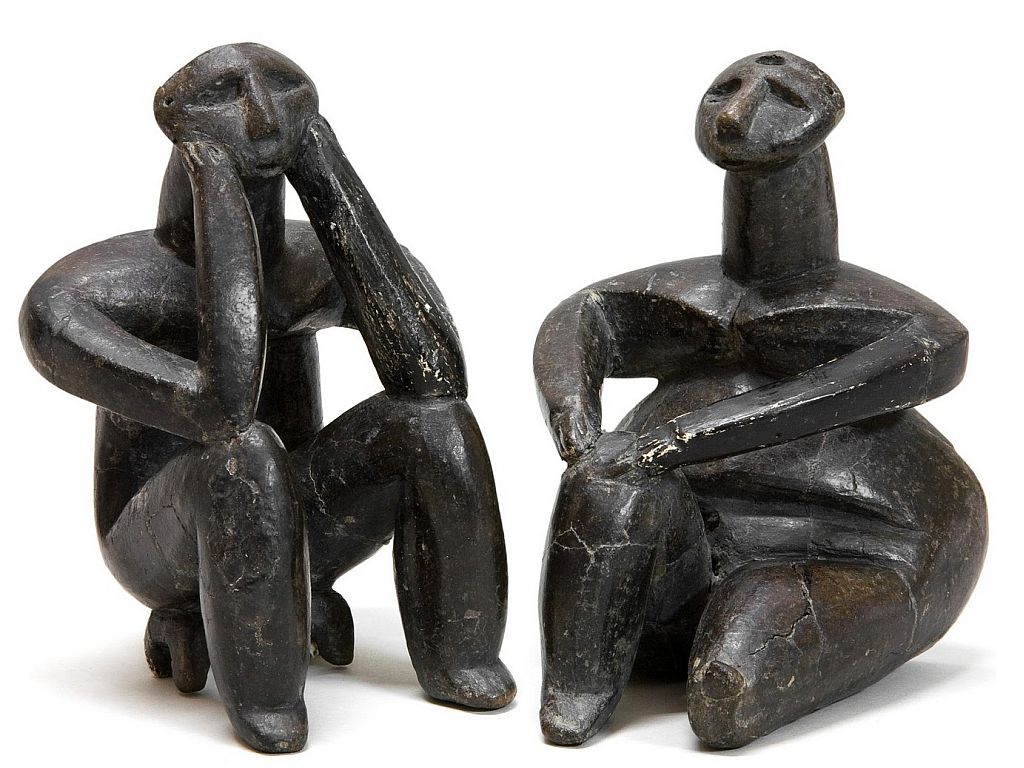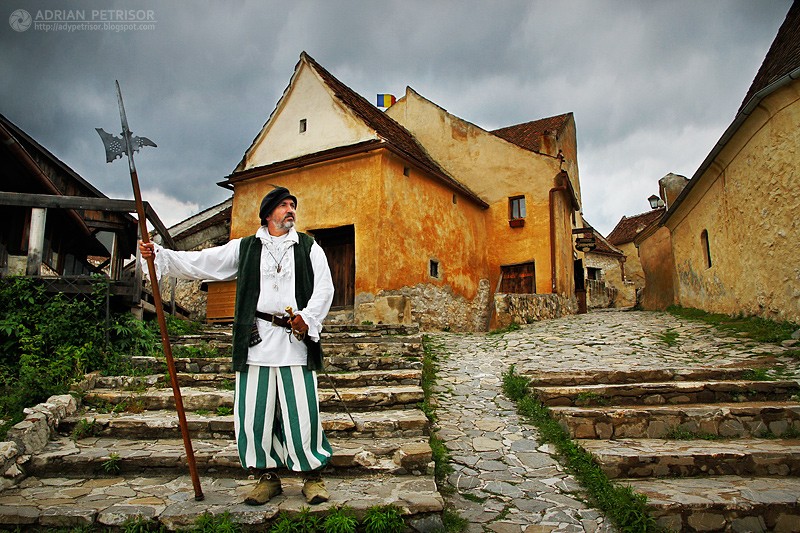Project Description
History of Romania – a journey of 40 000 years
If you look back at Romania’s history (here we refer at the people who lived over time on its today territory) you will see a place that almost all the time has been attracting big cultural and social influences. This is the reason why it has such a great and rich history.
The beginnings 40 000 BC – 5 000 BC
The story of our places starts 40 000 years ago. Romania was the place where the third oldest modern human remains in Europe were found (“Cave With Bones” uncovered in 2002).
The Neolithic period 5 000 BC – 500 BC
During Neolithic, Romania was the place of birth for the Hamangia culture, which took place around 5250/5200 BC and which lasted until around 4550/4500 BC. There are two well-known pottery figurines, called The Thinker and The Sitting Woman. These masterpieces express very clearly the cultural value that had been existing between the Danube and the Black Sea since those ancient times.
Dacia 500 BC – 100 AD
The Greek Herodotus wrote in 440 BCE about people living in the today territory of Romania. This nation was called Dacia and its people were Dacians, members of Getae, a branch of Thracians. Since those times, the sanctuaries of the ancient Dacian Kingdom capital, Sarmizegetusa Regia are still preserved. Their culture was rich due to the fact that they had many acknowledgements about the solar system, about gold manufacturing and a very developed social life and hierarchy.
The Roman Dacia 100 – 350
In early 100’s, the Roman Empire had conquered Dacia and began the process of Romanization. Dacia had significant resources of gold and silver, which, after the conquest, were brought to Rome by Emperor Trajan; those resources totaled over 330 tons of silver and 165 tons of gold.
Dark Ages 350 -1200
The period of Dark Ages represents the time when the main historical provinces were formed, the assimilation of Latin language and Roman culture was made and the process of Christianization took place. Even since that period of time, Romania has been preserving an ancient core of Christian values and traditions.
Middle Ages 1200-1600
Middle Ages are the times of castles, voivodes (rulers), of the provinces’ development and wars. The biggest and most important provinces in that period were Wallachia (the place where Vlad the Impaler – Vald Dracul was three times Voivode), Moldavia (the place where Stephen the Great (Stefan cel Mare) had built 48 monasteries) and Transylvania, the place where an important number of medieval fortresses and castles were built.
That period was full of conflicts, firstly between rulers and people and secondly between the three above mentioned provinces. Also there had been wars between those provinces and the Ottoman Empire, Kingdom of Hungary and Slavic nations from East and North. Romania has a vast list of cultural landmarks included in the UNESCO World Heritage from this historical period. (Romania landmarks from this period: Bran Castle)
Early Modern Ages 1600-1800
The conflicts continued during this period as well. The three provinces were situated between three empires, the Ottoman Empire, The Habsburg Empire and the Poland Empire. Beyond the military conflicts and the political agreements, this location where nowadays Romania is located was placed between 3 culturally and socially different worlds (European, Muslim and Slavic), which brought wide influences. The values such as the national heritage, the language, the ways of living and traditions, which differ from one province to another can better illustrate these influences.
The Kingdom 1850 – 1916
Independence and Kingdom of Romania (late 20th century, beginning of the 21st century)
In 1859, both Wallachia and Moldavia elected the same ruler – Alexandru Ioan Cuza, Prince of Romania. In 1877, Romania gained its independence and the official recognition among the big powers of Europe. In 1866, Alexandru Ioan Cuza had been replaced by a king. It became a monarchy ruled by a king from a royal German family – Prince Karl of Hohenzollern-Sigmaringen. The period 1877-1914 (beginning of the World War I) was a time filled with prosperity and development.
World Wars and interwar period 1916-1947
Romania had participated in World War I. Being neutral in the first 2 years, it joined the Allies in 1916. The stake was the union of all territories, and building the Great Romania. The war was difficult and in the beginning had lost a part of its territories and its army. In 1917 it managed to regroup and in 1918 it made peace with Germany. After the war it recovers its territories and manages to form the Great Romania.
The interwar period was a time of development and cultural enrichment, a period when the country’s borders were spread like never before, which lead to the name The Great Romania. Bucharest was called the Little Paris. During that period, it also achieved very good economical performances.
Romania had also participated in World War II. It had entered the war in 1940, joining the Germans. After the political changes inside the country it joined France, as being part of the Alliance. After this war it lost some territories which now represent Moldavia and a part of Bulgaria. Also, the end of World War II brought the communist regime, which then became a Satellite Country of the Soviet Union.
The communist period 1947 -1989
The Socialist Republic
In 1947 the King Michael I is forced to abdicate and Romania became a communist country. The economy, the way of living, the freedom of the population suffered a massive change. This is the period when the famous Palace of the Parliament had been built (the construction had started in 1984). The heavy industry was developed, many plants were built and also the infrastructure was improved. The social impact of this period had been devastating. This was clear after `89, when people had big difficulties in understanding the new values and the liberalist system in Western Europe. The communist regime used the propaganda and other methods of manipulation (prison, communist inquisition) to make the people change their habits and cultural values. A well-known mark of the communist regime is the Romanian Dictator Nicolae Ceauşescu who had a tragic death in 1989, being executed during the revolution.
The post-communist era 1989 –
After 1989, Romania, as all the other Satellite Communist Countries, became a free republic. Therefore, the country began a long way of reconstruction, regarding society, economy and politics. Becoming a NATO member in 1999, and a member of the European Union in 2006 it made a step forward in political development. It has since developed many trade relations with European and worldwide countries.
The reality is changing in Romania, and this is visible with the naked eye. There is a big difference between now and the internal situation of 10 years ago. It has become a very interesting country for investors and for students who are seeking for a transition country where they can learn and put in practice their acknowledgements.
The future is bright, there are optimistic predictions about Romania, and even more, here people still enjoy a pure nature, a pure spirit of living, kept in the old villages and a multicultural environment produced by the geographical position of the country.
Please find more in the following sections.
Photographs Copyrights
Radu Oltean
Serea Ciprian
wikipedia.org
romanialibera.ro
watcher.ro
cipgallery.deviantart.com







Leave A Comment